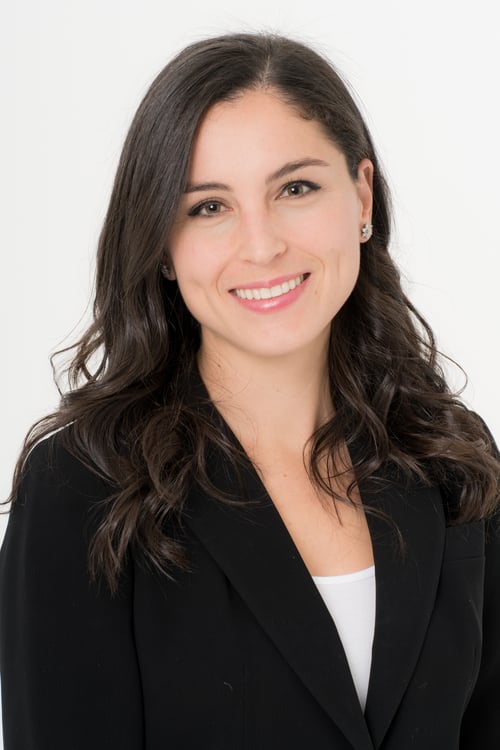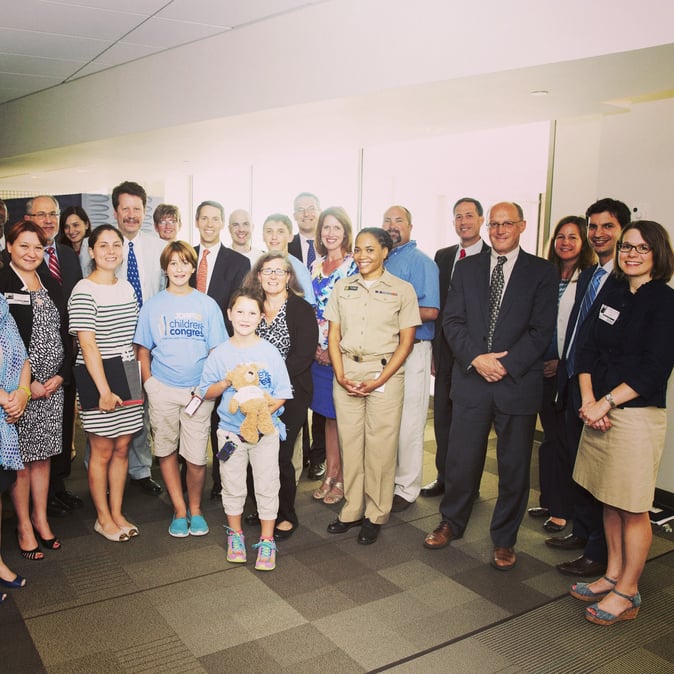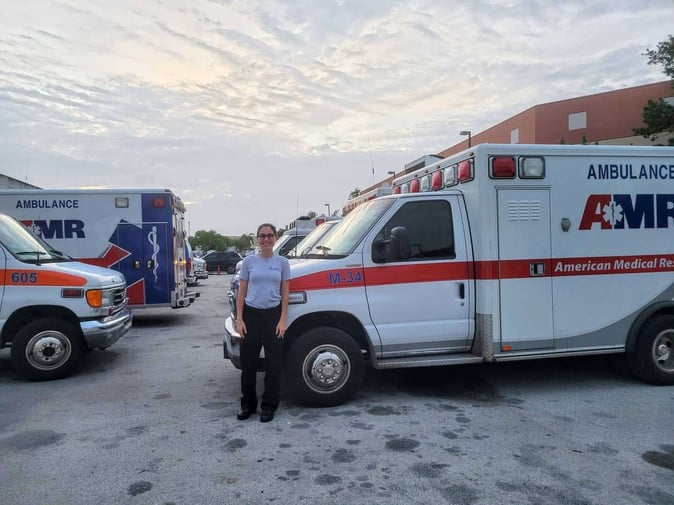“I always told my parents I wanted to be a doctor,” said Dr. Paige Finkelstein ’10. “I have wanted to be a doctor for as long as I can remember.”
Since graduating from Pine Crest School, Paige has done just that. She earned her bachelor of science degree from the Massachusetts Institute of Technology, double majoring in chemical engineering and biology, before earning her Doctor of Medicine and Master of Public Health (MD/MPH) at the University of Miami (UM) in a dual-degree program.

While working with patients and practicing medicine was always part of Paige’s plans, a summer internship with the Food and Drug Administration (FDA) changed her career trajectory.
“The MPH degree requires that you do a certain number of hours of ‘field work,’” said Paige. “I came across the internship by happenstance while I was searching for something that met my interests. While working at the FDA, I was able to interact with different stakeholders, like various disease advocacy groups. I also learned how the FDA offers many resources to the public and to physicians. I became a huge advocate of the FDA and the people who work there; many of them give up much more lucrative jobs to do something noteworthy and helpful for the public.”
 Paige Finkelstein ’10 during her internship with the FDA.
Paige Finkelstein ’10 during her internship with the FDA.
Studying and working toward a specialty in trauma and surgery, Paige identified a challenge that doctors around the country know well: identifying unresponsive patients.
“I wanted to go into surgery and spent a lot of time in the trauma department,” she explained. “We had trouble identifying patients who weren’t able to communicate, or who were unconscious. It was crazy to me, because these people weren't necessarily unknown, they were just unknown to us at that moment. We couldn’t identify them during an emergency.”
This drove Paige to reflect on the current technology for patient identification.
“The best ‘tech’ that was available was the medical alert bracelet,” she said. “The bracelets are targeted toward people with chronic medical conditions, but compliance for them is incredibly low. People don’t take well to wearing them everyday for a variety of reasons. Children and teens feel they are wearing a scarlet letter, while adults don’t want to wear an inconvenient piece of jewelry 24/7.”
Paige provided more context, saying, “I come from a long line of engineers, and I started talking to my dad about the patients we couldn’t identify and how we often employ guesswork when we start treatment, because we can’t identify them and get a baseline of their health history, allergies, medications, etc. I saw the same situation in other hospitals and saw this pattern even when I worked as an emergency medical technician (EMT). He and I were talking about it and realized that we actually do have the technology to fix this. The cameras on cell phones are good enough to identify patients; we just needed a platform to help us bridge the gaps between a patient, their identity, and their medical records.”
Paige and her father, David, launched ERinfo, a medtech company that provides medical professionals and first responders a tool for patient recognition and emergency contact notification using facial recognition engines that match a field image of a patient with their self-supplied emergency information.
People sign up for an ERinfo account where they provide their photos and medical information which can then be securely accessed by medical professionals in emergency situations.
Since its launch, ERinfo has partnered with FirstNet, making it one of the preferred technologies for public safety agents. FirstNet is a government funded, nationwide wireless communications platform dedicated to America's first responders and public safety agencies.
“We went through their certification process, which confirms that the technology is needed and is readily available to public safety agents,” said Paige. “We are one of their showcase apps now—they use our app when they pitch to different safety companies. We are also working with the UM on two studies that will be published soon and are working with different fire departments to help them get patients enrolled in the platform. At the end of the day, we want to make their jobs easier; the software helps medical providers triage during emergency situations more efficiently and allows for patients to receive better care.”
ERinfo has also partnered with UM’s Gordon Center, a prehospital training center.
“Their job is to train paramedics and EMTs,” said Paige. “We are working with them to optimize our user interface to meet their needs. We worked together on a clinical trial for ERinfo, and they are a strong partner and ally that has been instrumental in connecting us with fire departments.”
With a growing technology business and a medical career calling, Paige went back to school.
 Paige Finkelstein ’10 during fieldwork as an EMT.
Paige Finkelstein ’10 during fieldwork as an EMT.
“I am enrolled at Columbia University, now working toward my Master of Business Administration (MBA),” she said. “I decided to enroll because I didn’t know anything about accounting, company valuation, corporate finance, etc. I am trying to educate myself to be a better business leader.”
Paige still looks forward to practicing medicine.
“I would like to have the best of both worlds,” she said. “My background and skill set lend themselves well to biotech and medtech, but practicing medicine and working with patients will always be my first love. I am still early in my career but I would like to carve out a path that allows me to do both. It depends on how much time I can devote to ERinfo and to finishing residency.”
As for what is next, beyond graduation, Paige is looking to scale ERinfo.
“About six months ago, we received venture capital funding to help us grow,” she said. “We are starting out by capturing the people who should normally wear medical ID jewelry. However, we ultimately plan to scale to everyone—we are living through times where mass casualties and natural disasters are happening more and more frequently and people don’t always have identification on them. We are trying to do something about that, to ensure that you will always get the best care from providers and that your loved ones can be alerted as soon as possible. It’s all about saving lives and providing peace of mind.”